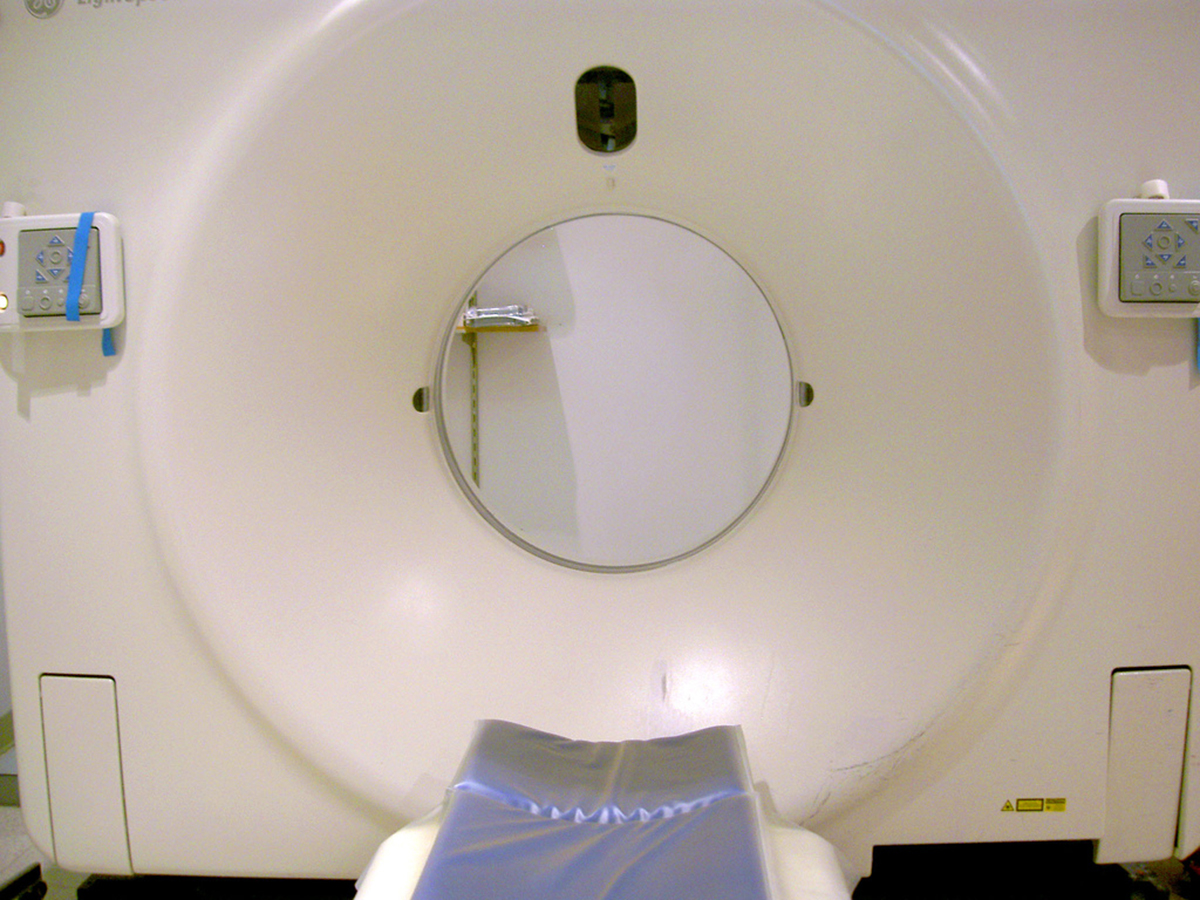Table of Contents
GISTs are rare tumors and therefore the doctor usually rules out a number of other conditions that may cause the same symptoms before exploring the possibility that the patient has a GIST.
Diagnosising GIST
A GIST is diagnosed after a number of tests are done to rule out more common conditions. When there is no specific finding in these tests, a biopsy is done, which confirms the diagnosis.

The following laboratory tests are performed to rule out other causes of non-specific abdominal symptoms:
- Complete blood profile (CBC)
- Coagulation profile
- Renal Function tests (BUN and creatinine)
- Liver function tests
- Serum albumin
These imaging studies are performed to find the site and nature of abdominal pathology:
- Plain abdominal radiographs
- Barium studies
- Abdominal ultrasound
- CT scan abdomen and pelvis
- MRI of the abdomen
- PET scan
After these tests are completed, a mass or a lesion may be found somewhere in the GI tract but we can’t know what it is just by looking at the scans. So, in order to establish a definitive diagnosis, an endoscopic biopsy is carried out. The doctor goes inside your GI tract with a camera and light source and then the lesion is located. A piece of the lesion is taken out and sent to the laboratory for histopathological analysis. If the specific tumor cells of GISTs are detected, the diagnosis is confirmed.
Management Of Gastrointestinal Stromal Tumors
The exact management depends on the extent of the lesion. Patients with very small tumors that do not cause any symptoms are carefully monitored and no significant intervention is needed.
Surgery provides the definitive cure in most cases, especially if the tumor is localized and resectable. The tumor is resected along with some of the surrounding normal tissue. Surgery is usually indicated in cases of GIST, but if the disease is locally advanced, surgery becomes mandatory.
Laparoscopic surgery has been introduced recently. During a laparascopic operation, the tumor is resected with a very small incision. The surgery is performed through a telescope (a camera and light source). This procedure has also proven successful in the removal of gastrointestinal stromal tumors.
After the surgery the patient may be given some medication to decrease the chances of recurrence. It is called adjuvant therapy. Imatinib is the drug which is mostly used for this purpose. This drug may also be given before the surgery in order to shrink the tumor.
Medication is the only option for some cases. When the tumor is not resectable or the tumor has metastasized to other organs through the blood, surgery may be useless. In these cases, the patient is usually given Imatinib. This drug has proven effective in a lot of cases. If the patient does not respond to Imatinib, another drug called Sunitinib, may be given instead.
READ Abdominal Adhesions Can Cause Bowel Obstruction
Follow-up is very important after surgery. Regular clinical examination and periodic CT scans should be scheduled in accordance with the doctor's advice. Follow-up is really necessary to assess the recurrence of the disease.
- Photo courtesy of Dan4th via Flickr: www.flickr.com/photos/dan4th/2284007457
- Photo courtesy of Dan4th via Flickr: www.flickr.com/photos/dan4th/2284007457
- Photo courtesy of timsamoff via Flickr: www.flickr.com/photos/timsamoff/69370701


Your thoughts on this